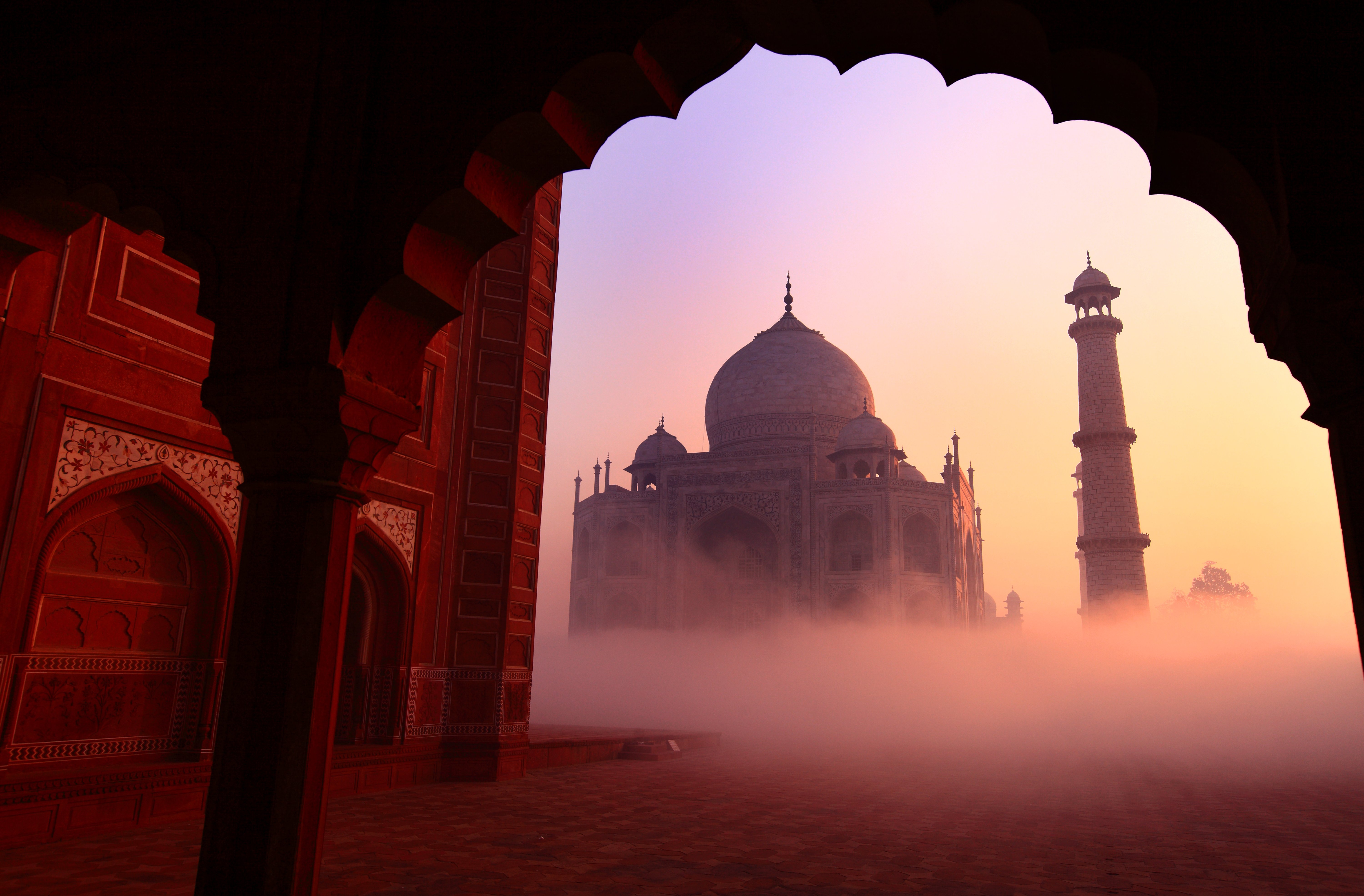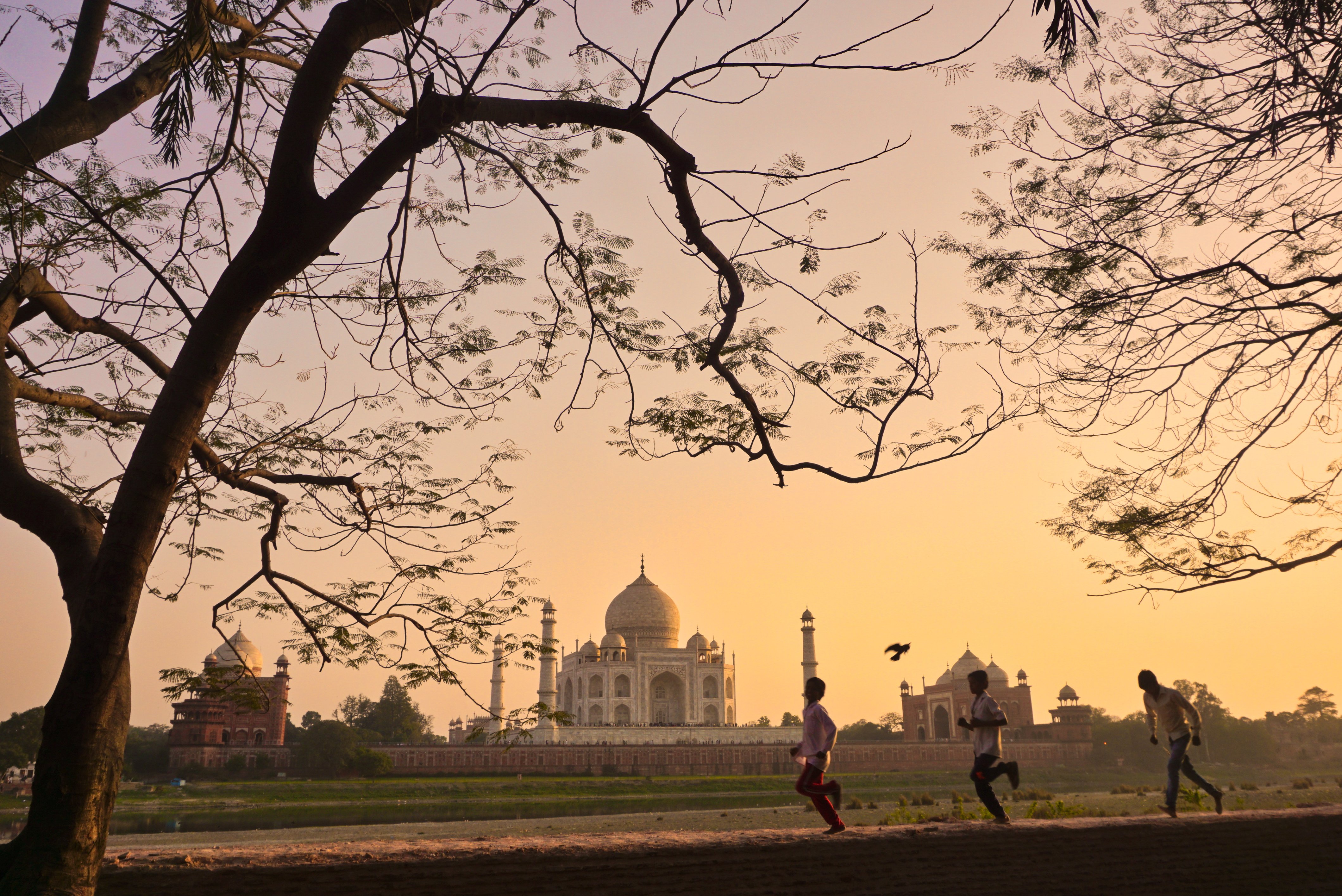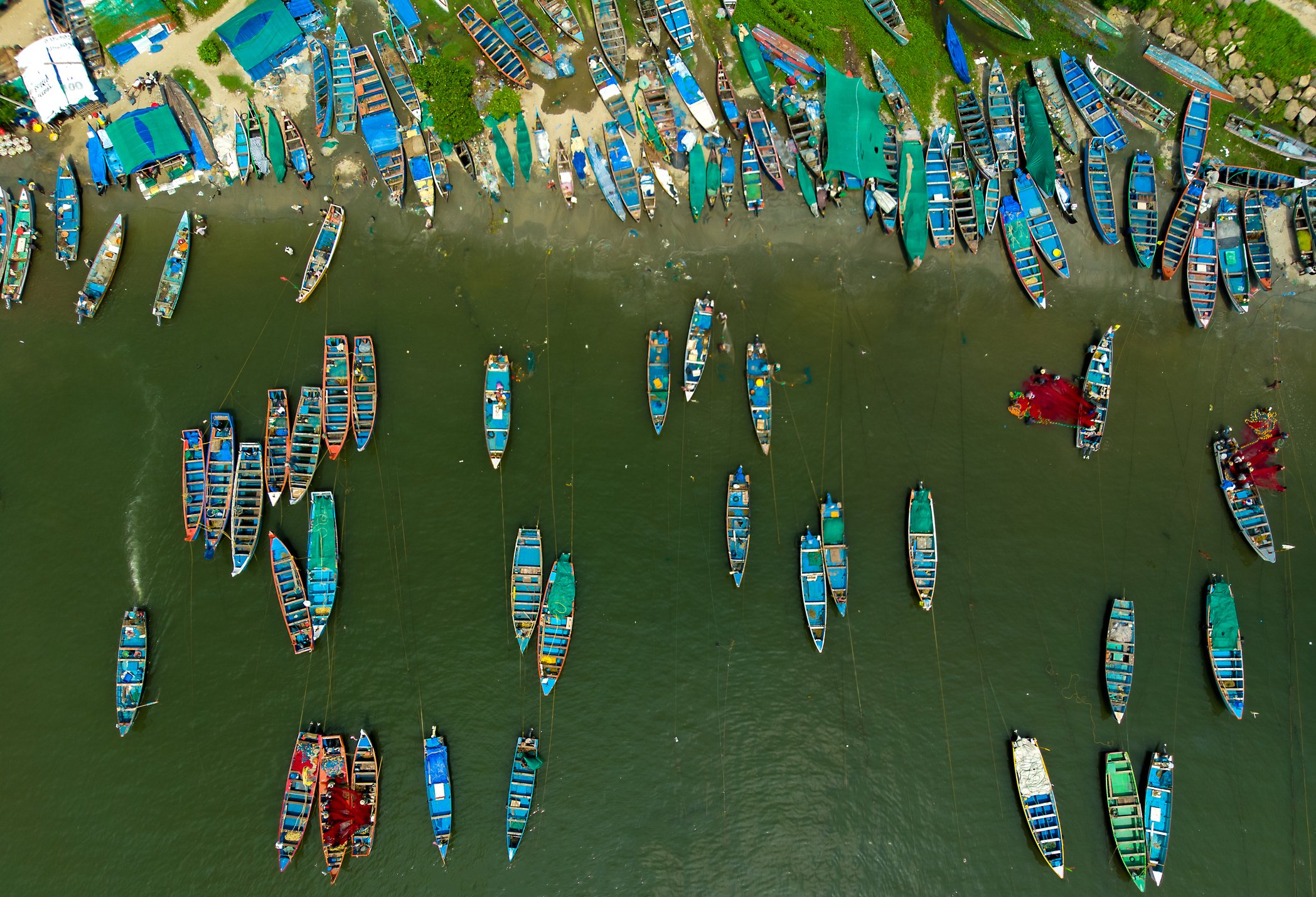As one of the Seven Wonders of the World, the Taj Mahal is perhaps the most iconic image of India. Built in the 17th century by the Mughal Emperor Shah Jahan for his beloved wife Mumtaz Mahal, the Taj took over 22 years and 20,000 men to build. The monument is the perfect personification of two emotions: love and grief. It is a testament to pure love and also a symbol of the eternal affection offered by a lover.
Here are 10 tips that will save you on the grief so that you can enjoy the experience with your loved ones.

1. Smog and Fog
The best time to explore North India is from October to March when the days are pleasant and the nights are cool. December and January can be foggy, so sunrise and morning viewings of the Taj Mahal may be obstructed. Additionally, the smog that envelopes Delhi, Agra, and surrounding areas in November (due to stubble burning) may also affect viewings at any time of day. It is difficult to predict, but be aware of these seasonal interferences. Generally speaking, most foreign tourists pack the Taj Mahal from December - March, but the popular monument remains busy all year.
Note: If you travel from April to September, Sodha Travel can recommend local off-season discounts.
2. Beware of the Local "Guides"
There are local touts who will approach foreigners to avail of their guiding services. Use caution, as they are not licensed by the government, have limited English comprehension, and offer incorrect information. Many will not quote the guiding fees up front, leading to haggling and disappointment after the tour. Instead, hire a guide in advance through a reputable company.
Insider Tip: If possible, avoid visiting the Taj on weekends. Local crowds can add to the lines!
3. Reserve the Express Train from Delhi
Instead of driving from Delhi, reserve a seat on the semi high-speed express train. The Gatimaan Express departs Delhi at 8:10 am and arrives Agra at 9:50 am, shortening a 4-hour drive to only 100 minutes by train. The return trip departs Agra at 17:50 and arrives Delhi at 19:30. Gatimaan Express runs six days a week, except Friday, in both directions. However, skip the train if you are traveling in December as the heavy fog can often delay the rail operations.
4. View from Mehtab Bagh
Did you know that the best place to view the Taj Mahal is not actually inside the complex? According to Shah Jahan, the Taj was best viewed from across the Yamuna River in the flood plains. Mehtab Bagh or the "Moonlit Garden" was created for the emperor to view his creation at night with an octagonal pool and the river reflecting the grandeur of Taj. For the best light, visit at sunset.
Insider tip: The garden is relatively less crowded, so it offers you the best chance to take your photos/ portraits without people photo bombing. An added bonus: It's only INR 300 ($4 USD) for foreign entry.

5. When to Visit
Timing is everything when it comes to a Taj Mahal visit, and this is one spot where the early bird definitely gets the worm. Sunrise is usually the best time to arrive, with less crowds and soft light for photos (provided there isn’t any smog, which the midday sun sometimes burns off). Sunset is another good option for the same reasons, although it is still busier compared to sunrise. Avoid morning visits in the months of December and January due to dense fog.
Remember, the Taj Mahal is closed every Friday! The monument is popular with both Indians and foreigners, so try not to become overwhelmed at the crowds, especially on weekends.
6. What to Wear
There is no enforced dress code by law, but rules of modesty do apply. It's recommended that women who visit the Taj Mahal cover their knees. If you’re worried about the heat, maxi skirts, loose fitting dresses, or floaty linen trousers are a great option. Men may find it comfortable to dress to the weather but shirts or t-shirts with sleeves (rather than tank tops) and trousers or long shorts are a smarter choice.
Some visitors stage formal photo shoots inside the complex, complete with traditional clothing and accessories.
At the entrance, all visitors receive a pair of shoe covers. You’ll need to wear them if you plan on heading up to the Taj, to protect the ivory marble.
7. Leave it Behind
There is a security check before entering the monument with separate lines for men and women. Large bags and day packs are not permitted. Lines can become long during the security check, so the smaller the bag, the better. Prohibited items include tobacco products, lighters, knives or weapons, idols (including stuffed animals), camera tripods, food/snacks, and electrical items (including phone chargers, batteries, and headphones).
Eating, smoking, or group activities (including yoga or meditation) are not allowed inside the monument.
8. Entrance Fee Inclusions
The entrance fee for a foreigner is currently INR 1050 ($15 USD) and free for children below 15 years. The main mausoleum is an additional INR 200 ($3 USD). The foreigner entry fee includes shoe covers, a water bottle, a tourist map, and battery bus and golf cart services. You may also purchase the tickets directly from the ASI Website. It is much more time efficient and convenient than buying the ticket at the monument. (Note: You will still need to carry your passport to the point of entry).
Foreigners can also enter the complex ahead of Indian ticket holders. Shoe racks are available just below the main mausoleum free of cost.
Remember, the entry ticket is only valid for three hours. If the time is exceeded, you are required to repay the fees equivalent to INR 600 ($9 USD).
9. Choose the Gate
To help combat pollution, vehicles are not allowed within 500 meters of the Taj Mahal. You can enter the complex from the East and West gates only. The South gate is for exit only.
We suggest the East gate as the West gate is very congested. Once you park near the East gate, hop on a battery bus or golf cart to reach the entrance.
10. Moonlight Viewing
The Taj Mahal is open for night viewing every full moon and two days before and after the full moon. The experience can only be booked one day prior to the full moon date and the weather plays a significant role in the visibility of the monument. Visitors are not allowed on the grounds and can only view the Taj from a distance of 500 meters.
A total of 400 tourists are allowed inside the Taj complex at one time. These 400 are further categorized in eight batches with 50 members each. The night visit duration is 30 minutes between 8:30 pm and 12:30 am. Please note the moonlight viewing is not available on Friday or during the holy month of Ramadan.
Interested in learning more about India? Check out Sodha Travel’s India tours or request a complimentary India Destination Guide.



